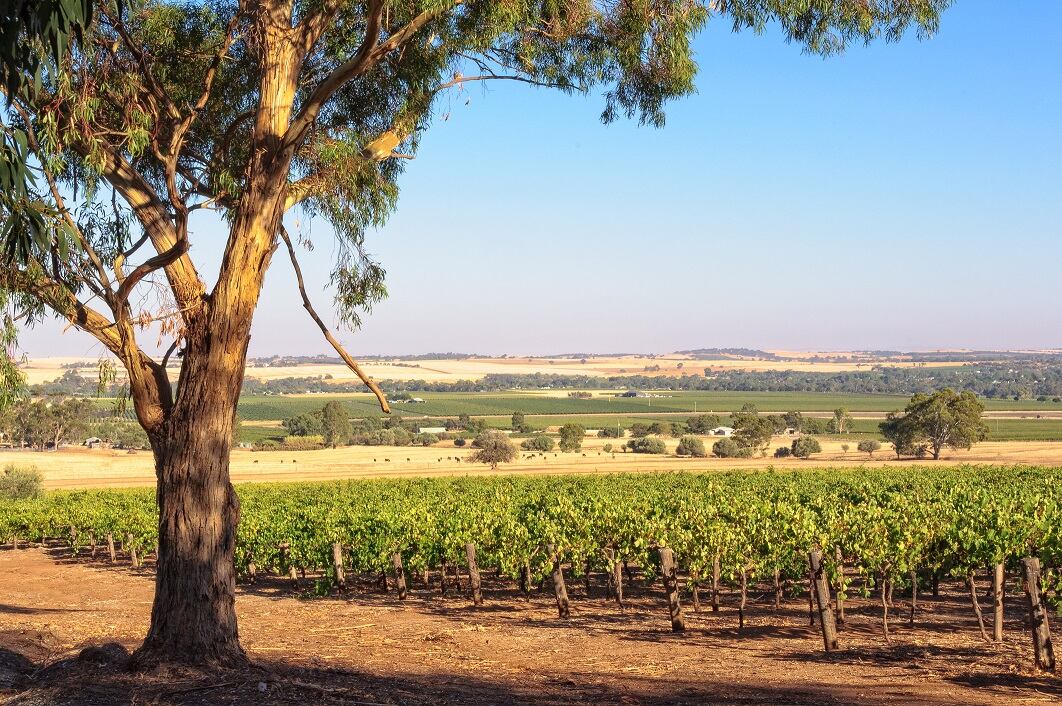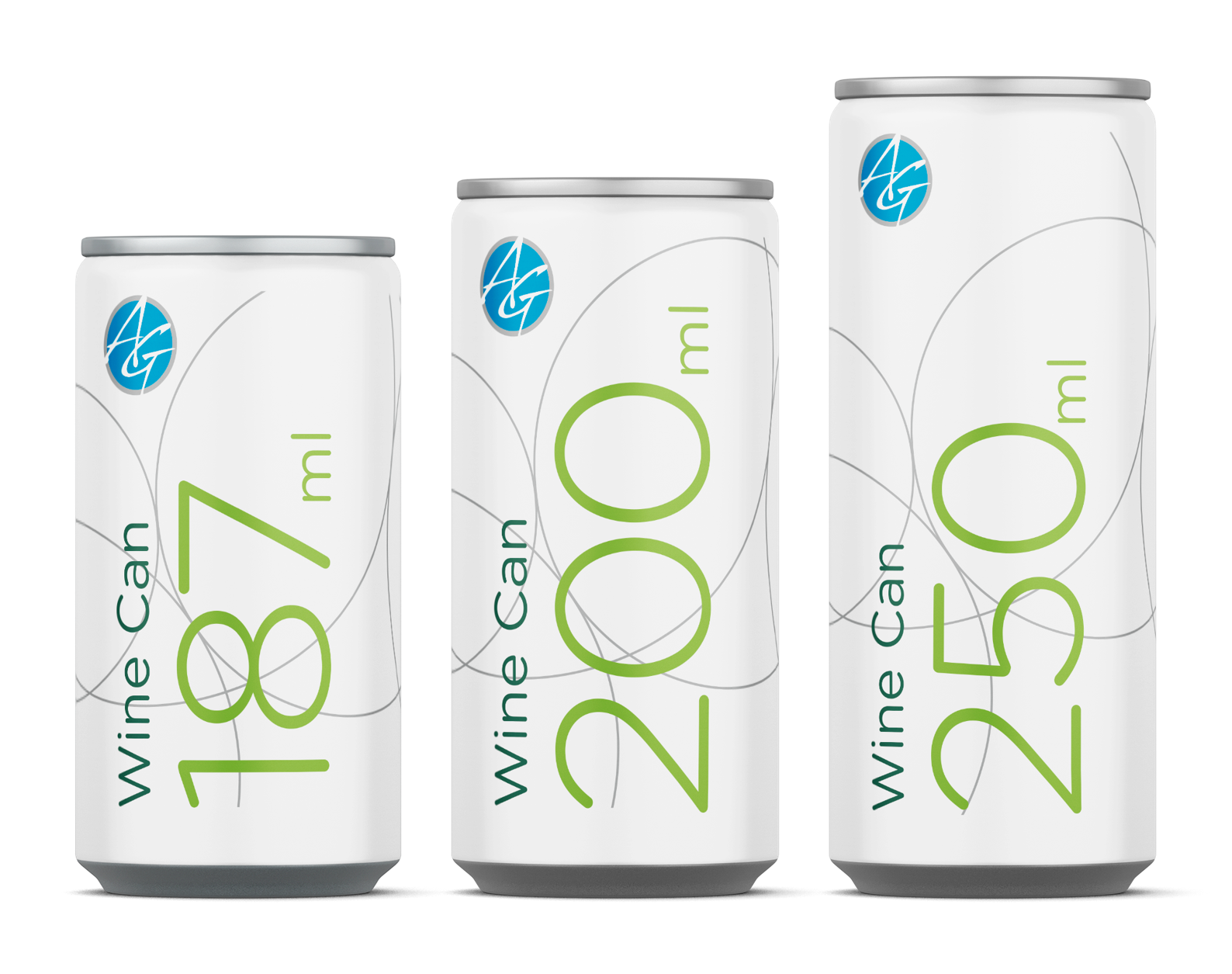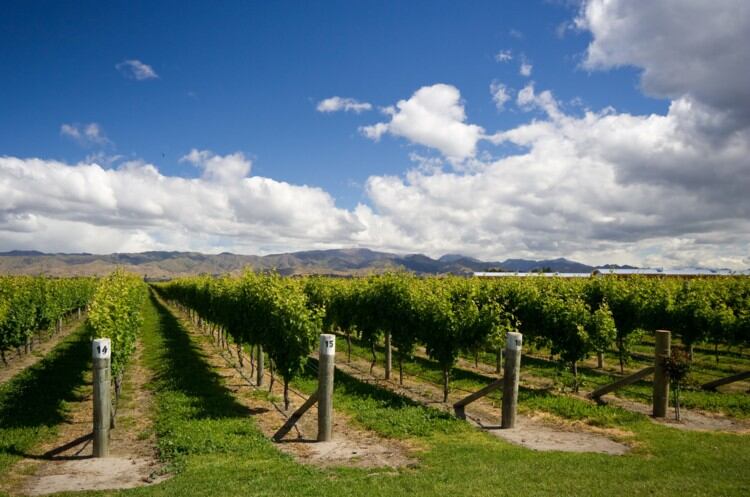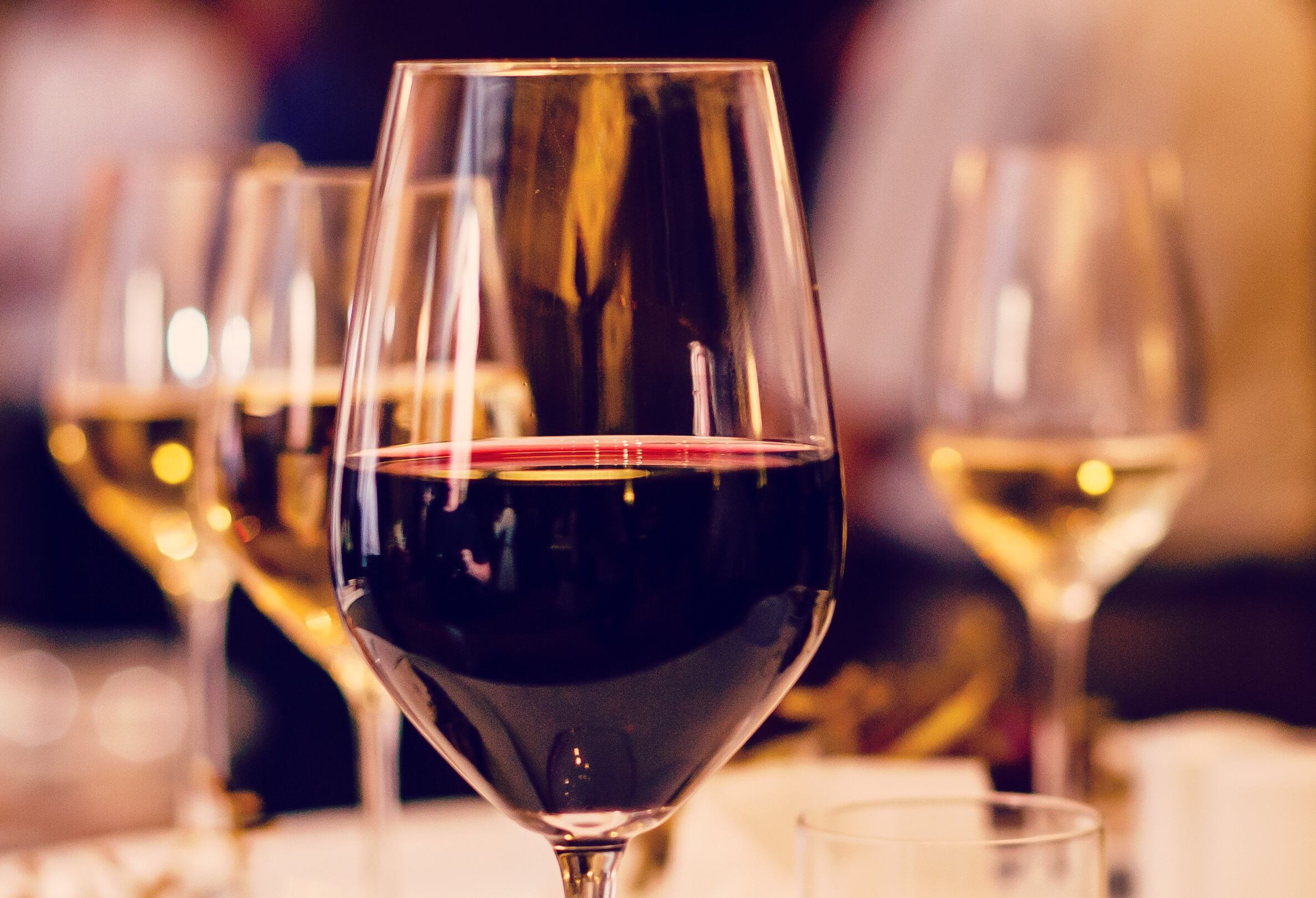Over the last month, two of the major names in South Australian wine production have announced that they will invest heavily in ramping up their supplies, with sustained growth in shipments to China their goal.
First, Seppeltsfield Wines, one of Australia’s leading wine exporters to China announced a 320-hectare vineyard purchase in the Barossa Valley to bring its holdings there to more than 1,600 hectares.
Shortly afterwards, the world’s biggest publicly listed winemaker, Treasury Wine Estates, told investors it will spend up to A$215m (US$145m) on expanding its production and facilities in the Barossa over the next two years.
Australia's biggest wine region
South Australia produces about half of Australia’s wine and 80% of its premium bottles, much of which are produced in the Barossa Valley.
China continued to drive growth in overall Australian wine exports, which increased by 4% in value over the last year to A$2.9bn (US$2bn), according to figures released by Wine Australia in its Export Report for the 12 months to June 2019.
Exports to China, Hong Kong and Macau outpaced this growth to reach a record for the financial year, increasing 7% in value to A$1.2bn (US$810m) even though volume dropped by 16% to 154m litres.
The volume decline in the China market is confined almost exclusively to exports in the A$2.50 (US$1.69) per litre value segment and below, reflecting both a tightening of Australian supply in this segment and also the increased supply availability from competitors such as Chile.
This focus on cost over quantity means Australia has leapfrogged France to become the top value exporter to China in the first five months of this year. It is still only behind Chile and France in volume sales to the country.
“In the China market, we have grown our value again and we are outperforming competitors, with the Global Trade Atlas figures showing that in the year ended February 2019, Australia had a 29% share of the imported wine market—up from 26% a year ago,” said Andreas Clark, chief executive of Wine Australia.
Wine investment
China is Treasury’s biggest market. To maintain the pace of growth, Treasury Wine Estates announced to the Australian Stock Exchange in August that it will make new investments at its Wolf Blass Bilyara winery site near Nuriootpa, about 70 kilometres northeast of the South Australian capital, Adelaide, over the coming 24 months.
The funds will be spent on expanding production, processing and storage infrastructure at the Barossa Valley facility.
The owner of Penfolds, Wolf Blass and Rosemount Estates made the announcement while also unveiling a rise in overall net profit for the year of 16.4% to A$419.5m (US$284m), largely because of a 43% jump in pre-tax profit in Asia. The company sells wine from North America to South America to Europe but makes nearly half its profit in Asia. Treasury’s Asia sales, which include sales in China, rose 36.8%.
In its stock exchange statement, the company said its plans for Bilyara winery would see it increase its capacity, drive efficiency and expand storage.
“The investment includes an additional production line, processing infrastructure and the construction of additional barrel storage facilities,” the report said.
“Total capital investment is expected to be between A$150m and A$180m and will be incurred over the course of [financial year 2020] and [financial year 2021].”
The investment comes as part of its continuing “premiumisation strategy”, which also includes buying production and vineyard assets in France’s Bordeaux region.
“We look to the future with confidence, knowing that we have the people, the brands, the wine, the business models and the customer partnerships to continue delivering sustainable, margin accretive growth,” said Treasury chief executive, Michael Clarke.
Seppeltsfield's expansion
Meanwhile, private Barossa major Seppeltsfield, part of the Randall Wine Group, which also owns almost 1600ha of vineyards in South Australian wine regions McLaren Vale and Clare Valley, will increase its capacity through the recent acquisition of the Tanunda Hill vineyards from a private investment group.
Executive chairman Warren Randall said the acquisition of the Tanunda Hill vineyards from a private investment group was a "very powerful statement" from the company.
"It is two clear statements of intent; our belief in the importance of the Barossa as Australia's premier winemaking region, and our strong desire and commitment to supply the burgeoning demand for luxury Australian red wine in China," he said.
Seppeltsfield is one of Australia’s most iconic wine estates, dating back to the 1850s. Two years ago, it became the first Australian winemaker with a stake in a A$75m (US$50m) Chinese wine chateau, through a joint venture with Minquan Jiuding Wine Company.
Traditionally known as fortified wine producer, Seppeltsfield’s Centennial Collection is believed to be the world’s only unbroken lineage of single-vintage wines spanning more than 130 consecutive vintages, with the first 100 year old released in 1978.
However, it is the luxury still red wine market where Seppeltsfield is positioning itself for growth, particularly in China.
The winery launched its Seppeltsfield Barossa range last year after a multi-million dollar restoration and recommissioning of its heritage-listed 1888 Gravity Cellar, which had laid dormant for 30 years.
The facility is recognised as having played a pivotal role in the evolution of modern winemaking. Built into the hillside on a series of terraces, the design of the cellar was centred on allowing the natural course of gravity to assist the flow of fruit down through the winery.
In complement to open fermentation, the resultant wines show heightened aromatics and purity of fruit, aided by the gentle extraction of colour, flavour and tannin.
All of the fruit from the Tanunda Hill vineyards acquisition will be made into luxury wine in the cellar.
“The acquisition of another 800 acres now brings our total vineyard holdings in the Barossa to 4000 acres, the largest ever vineyard holdings by a single producer in the Barossa Valley since vineyards were first planted by European settlers in 1843,” said Seppeltsfield Wines executive chairman Warren Randall.
“This brings Seppeltsfield holdings to 20% of the Barossa’s total red vineyards, putting us in a strong position to consistently supply in excess of 12m bottles of Barossa luxury red wine to the world.”
Last month Randall described China as the “miracle nation of the 21st century and Australia’s first A$1bn wine export market”.
Speaking at a conference of leading industry figures in Adelaide, he told them that premiumisation has been playing into the hands of South Australian producers.
“China is our highest-value market and any exporting country should always prioritise maximising price and returns of their products,” he said.
“South Australia is extremely well placed to supply China because it produces 80% of Australia’s premium wine. The challenge for Australia is we will not have enough wine to satisfy China’s thirst.”




